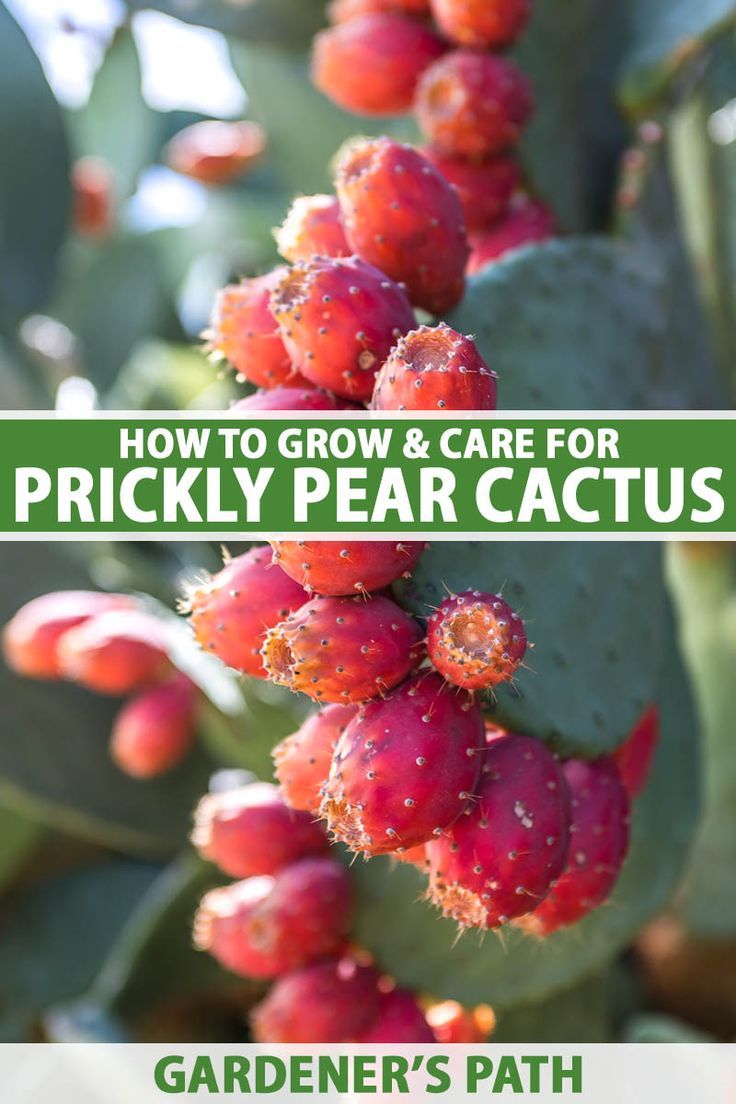Prickly pear cactus, scientifically known as Opuntia, is a remarkable member of the Cactaceae family revered for its distinctive pads and vibrant fruits. Among the myriad of cacti available, prickly pear stands out not only for its aesthetic appeal but also for its adaptability and resilience, making it a favored choice for gardeners and horticulturists alike. Understanding its growth rate adds to its allure and informs proper cultivation practices.
The growth rate of the prickly pear cactus can vary significantly depending on a variety of factors, including species, environmental conditions, and care techniques. On average, most prickly pear varieties can grow anywhere from 12 to 24 inches per year when provided optimal growing conditions. In this article, we will delve deeper into the factors influencing growth rates, appropriate care techniques, and common issues that may hinder growth.
Factors Influencing Growth Rate
Several critical factors affect the growth rate of prickly pear cacti. Understanding these elements can help cultivators optimize their care and ensure prolific growth.
Climate and Environment
Prickly pears thrive best in warm, arid environments. They are indigenous to the deserts of North America, where they have adapted to withstand scorching temperatures. The ideal temperature range for optimal growth is between 70°F to 100°F (21°C – 38°C). Unfortunately, colder climates may stifle growth, leading to stunted development or dormancy during frigid conditions. Moreover, these cacti require full sun exposure, typically benefiting from at least six hours of direct sunlight each day. Too much shade will inhibit their photosynthetic abilities, leading to slower growth.
Soil Quality
Soil composition plays a crucial role in the growth of prickly pear cacti. They prefer well-draining soils, primarily sandy or loamy substrates that prevent water retention. Heavy clay soils can lead to root rot, severely hindering growth. It’s recommended to amend the soil with sand, pumice, or perlite to enhance drainage capabilities. A slightly acidic to neutral pH of around 6.0 to 7.0 is ideal for healthy development.
Watering Practices
While prickly pears are exceptionally drought-resistant, they do require adequate moisture during their active growing season, which typically spans from spring through summer. Overwatering can cause detrimental root rot and stunt growth, whereas underwatering can lead to dehydration and eventual death of the plant. A general rule of thumb is to allow the top inch of soil to dry out before watering again. During the late fall and winter, watering should be significantly reduced as the cacti enter dormancy.
Fertilization Techniques
Fertilization can contribute positively to growth rates but should be approached judiciously. A diluted, balanced fertilizer designed for cacti can be applied during the growing season—typically once a month. Over-fertilization, conversely, can lead to excessive, leggy growth which makes the cactus more susceptible to pests. Fertilizers with a higher phosphorous content can enhance blooming, producing copious fruits and flowers.
Propagation Methods
Prickly pear cacti are generally propagated through pads, seeds, or cuttings. Growing from pads is the most common and effective method as it allows for faster growth compared to seed germination, which can be a lengthy process—often taking several weeks to months. By placing a healthy pad directly into the soil and allowing it to form roots, gardeners can witness growth within just a few weeks. The benefits of hydroponic propagation in controlled environments are also becoming increasingly popular.
Common Issues Affecting Growth
Regardless of the attention given to care, prickly pear cacti are not immune to challenges. Awareness of potential problems can help safeguard growth and longevity.
Pests and Diseases
Although generally hardy, prickly pears can suffer from various pests, such as mealybugs, scale insects, and aphids, which can hinder growth by siphoning nutrients. Insecticidal soaps or neem oil can be effective solutions for controlling infestations. Additionally, fungal infections resulting from poor drainage and excessive moisture can hinder the plant’s vitality, leading to root rot or mold. Regular monitoring and prompt action are the keys to preventing these issues.
Environmental Stressors
Environmental considerations, such as rapid temperature fluctuations or strong winds, can lead to environmental stress, manifesting as shriveling or stunted growth. Providing some form of windbreak can be helpful in regions prone to high winds, while mulching can assist in regulated soil temperature. It’s essential to understand a plant’s surroundings to create an optimal habitat.
Conclusion
In summary, the growth rate of prickly pear cacti can vary, but with the right environmental conditions, care, and attention to common growth obstacles, these remarkable plants can flourish impressive heights. Understanding their specific water, soil, and light requirements, combined with effective propagation methods and pest management, will yield thriving specimens. For enthusiasts and cultivators alike, the prickly pear cactus offers not only utility but also an enriching horticultural experience.





Leave a Comment